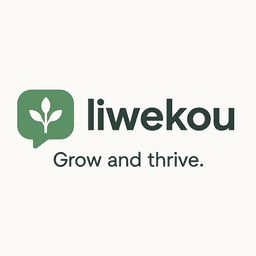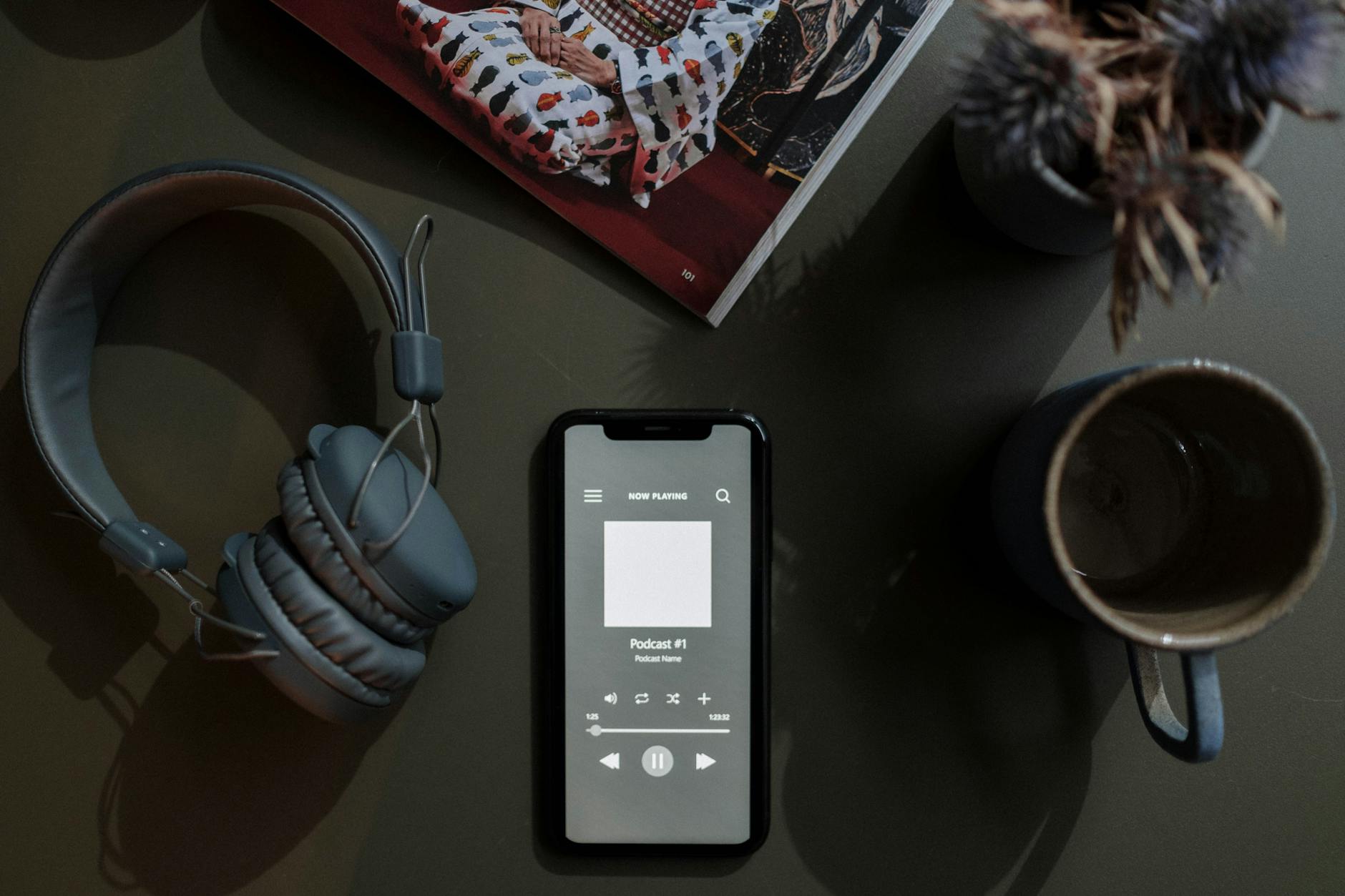Ultimate guide to digital decluttering: reclaim your time and space
Introduction
Digital clutter is invisible but costly: lost time, slower devices, and constant distraction that erode focus and calm. This guide walks you through a practical, step-by-step approach to declutter email, files, photos, apps, and subscriptions so you can reclaim time and mental space. You will learn how to audit your digital life, prioritize what to remove or archive, apply fast-clean techniques and automation, and build simple maintenance habits that prevent re-cluttering. The strategies here balance one-time purges with ongoing routines, and include tools and checklists so you can act immediately. Read on to create a leaner, faster digital environment that supports productivity and reduces stress.
Why digital decluttering matters
Digital clutter reduces efficiency and increases cognitive load. Each notification, duplicate file, and overflowing inbox creates small context switches that add up. Benefits of decluttering include faster device performance, easier search and retrieval, fewer distractions, improved data security, and measurable time savings.
- Performance: Removing unused apps and large files frees storage and speeds backups.
- Focus: A cleaner inbox and fewer notifications lower interrupt-driven tasks.
- Security and cost: Fewer accounts and old files reduce exposure and reduce cloud costs.
Start with an audit to understand where your time and storage are being consumed; the rest of the guide builds from that audit into practical steps and maintenance.
Audit your digital life and set clear goals
Before deleting, map where clutter accumulates and set measurable goals. Use a quick audit template: devices, email accounts, cloud storage, photo libraries, installed apps, subscriptions, and browser tabs/extensions.
- List devices and their storage usage. Note the top 5 largest folders or file types.
- Record email accounts: unread count, folders, and recurring newsletters.
- Scan installed apps by last-used date and permissions.
- Inventory subscriptions and recurring charges.
Set goals that are specific and time-bound. Examples: reduce inbox total to under 200 messages in two weeks, free 50 GB from cloud storage in one month, or reduce monthly subscription costs by 25 percent. These targets guide prioritization and make decisions easier during the purge.
Practical decluttering steps: email, files, photos, apps, and social
Work from biggest wins to smallest. Use the 80/20 rule: 20 percent of actions will deliver 80 percent of benefits.
- Email: Unsubscribe ruthlessly. Create filters or rules to auto-archive newsletters. Use search operators to bulk-delete old promotions and social notifications. Archive rather than delete for reference. Implement a two-folder system: Action and Archive.
- Files and cloud storage: Sort by size and last modified. Move rarely used files to cold storage or external drives. Implement a simple naming convention and a folder hierarchy that mirrors how you think about projects. Convert duplicates to hard links or remove them.
- Photos: Use duplicate-photo finders and review camera roll by year. Delete obvious rejects and screenshots older than one month. Back up the keepers to an organized folder structure and consider a single cloud photo library.
- Apps and browser: Uninstall unused apps and remove browser extensions you no longer need. Limit startup apps to essential items. Disable notifications for nonessential apps.
- Subscriptions and accounts: Audit recurring billing and close unused accounts. Use a spreadsheet to track costs and renewal dates.
Automate where possible. Set up email filters, use selective sync for cloud folders, and schedule recurring clean-up tasks so maintenance is low-effort. Tools to consider: native OS storage analyzers, email clients with good bulk actions, duplicate file finders, and password managers to locate unused accounts.
Maintain systems and prevent re-clutter
Decluttering is effective only if followed by simple, repeatable routines. Build habits that keep your systems lean:
- Weekly 15-minute tidy: Empty the email promotion folder, clear download folders, and close excess tabs.
- Monthly 30-minute review: Remove unused apps, archive old project folders, and review subscriptions.
- Quarterly 60-minute audit: Run storage tools, revisit backup policies, and prune photo libraries.
- One-year purge: Move older archives to offline storage and delete anything not accessed in 12 months that has no ongoing value.
Use naming conventions, version control for important documents, and a single source of truth for active projects to prevent duplication. Make decisions fast: ask whether a file or account serves a current need; if not, archive or delete it.
Quick reference: estimated impact
| Task | One-time effort | Weekly time saved | Typical storage freed |
|---|---|---|---|
| Email cleanup and filters | 1-3 hours | 30-120 minutes | 0-2 GB |
| Photo cull and backup | 2-6 hours | 10-30 minutes | 5-50 GB |
| Uninstall apps and remove duplicates | 1-2 hours | 10-40 minutes | 1-20 GB |
| File organization and archiving | 1-4 hours | 20-60 minutes | 2-30 GB |
| Subscription audit | 30-60 minutes | 0 minutes (cost savings) | n/a |
Conclusion
Digital decluttering is a practical investment in time and focus. Start with a quick audit to identify the largest pain points, set measurable goals, and apply targeted actions to email, files, photos, apps, and subscriptions. Prioritize high-impact tasks first, automate routine decisions with filters and selective sync, and adopt short recurring maintenance sessions to prevent re-clutter. Track simple metrics like inbox count, free storage, and monthly subscription costs to measure progress. With a few dedicated hours up front and lightweight weekly habits, you can significantly reduce distractions, speed up devices, and reclaim hours each week. The result is a digital environment that supports your priorities instead of working against them.
Image by: Tranmautritam
https://www.pexels.com/@tranmautritam



